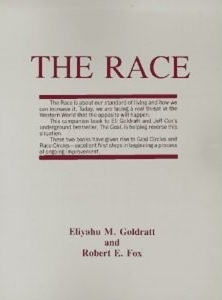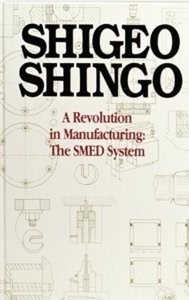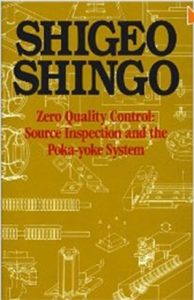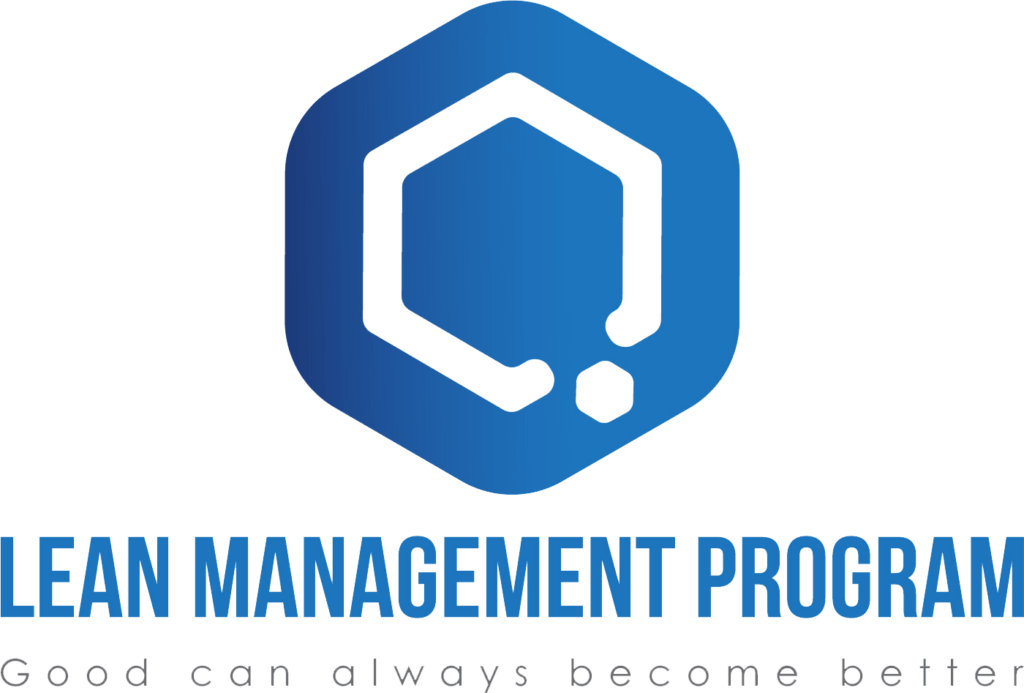Many books have been written about Lean. We recommend the following books.
Literature


The Machine That Changed the World : The Story of Lean Production
Daniel T. Jones, and Daniel Roos James P. Womack
The Machine is a must for anyone interested in improving business performance. The Machine provides, based on a worldwide study, proof that you can deliver better quality and be cheaper with ‘lean’ principles.

Learning to see
Mike Rother and John Shook
Good and popular book that shows in a practical and concrete way how to get started with Lean. Visualizing and drawing the process are central, drawing the current situation and the future situation, and how to get there.

Het Goal
Eliyahu M. Goldratt
This novel management book, in which the writer introduced his Theory of Constraints of Disability Theory, was first published in 1984. The book became a worldwide bestseller and the author, physicist and business advisor, was promoted to international management guru. The novel is about a factory director, Alex Rogo, who stumbles from one business problem to the next relationship crisis. Until his old college friend Jonah (Goldratt’s alter ego) comes to help him.

The Race
Eliyahu M. Goldratt & Robert Fox
The race is about how we can improve our competitive position. Even if there doesn’t seem to be a problem at the moment, there is always a risk that our competitive position will deteriorate at a fast pace if we are not careful. So it is important to stay alert. The race is in line with Eli Goldratt’s famous book: The goal. The production control system used in this book will be further elaborated in The Race. Aspects such as logistics, flexible production systems, cost price thinking, quality thinking, stock reduction and delivery times are discussed.

Gemba Kaizen
Masaaike Imai
Masaaki Imai is known worldwide for his book ‘Kaizen – The Key to Japan’s Successful Competition’, which describes the philosophy behind Japanese success. Kaizen is the step by step improvement of a product or service. With ‘gemba’ a new concept is introduced in Western management culture. Gemba means workplace, and this book explains how the Kaizen process can be used in a cost-saving, health-conscious approach to workplace management, the place where value is added.

De Goudmine
Freddy en Michael Ballé
A clearly written and accessible book in which all Lean concepts and techniques are clearly discussed, as well as the human side of the introduction of Lean. Freddy and Michael (father and son) have managed to turn their extensive experience into a beautiful story.

Lean Thinking
Jim Womack en Daniel Jones
This bestseller describes a system for the 21st century that replaces Ford’s mass production, Sloan’s financial control and Welch’s strategic dominance. It combines operational execution with value-based strategies to produce steady growth. The classic is praised for the principle of Lean production introduced in this book: methods and techniques to avoid waste on the production side.

A revolution in Manufacturing: the SMED System
Shigeo Shingo
SMED stands for Single Minute Exchange or Die and is a well known method to reduce waste in a process. The method was devised by Shigeo Shingo and focuses on quickly and efficiently changing a process.

Zero Quality Control: Source Inspection and the Poka-Yoke system
Shigeo Shingo
In his book Zero Quality Control, Shingo describes the system that causes a production line to deliver zero defects, or no defective product at all. These methods include a combination of inspections to find errors before they are passed on and the so-called Poke-Yoke system to prevent errors from being made at all.

Lean transformation
Bruce Henderson en Jorge Larco
Gives step-by-step instructions on how to make the transformation. It clearly explains tools such as continuous flow, value stream mapping, kanban, kaizen, six sigma, just-in-time (JIT), quick set-up techniques and other pillars of the Toyota production system. It is full of examples of value stream mapping, how kanban can solve material delivery problems, how kaizen brainstorming can lead to surprising improvements overnight, how just-in-me (JIT) frees up mountains of money stuck in work in progress, why Six Sigma quality should be built in and not inspected, how bottlenecks can be fixed and how introducing a champion mentality into cross-functional teams leads to increased productivity and continuous improvement.

Lean Six Sigma
Michael George
Time and quality are the two most important metrics in improving any company’s production and profit performance. Lean Six Sigma explains how to impact your company’s performance in each, by combining the strength oftoday’s two most important initiatives–Lean Production and Six Sigma–into one integrated program. The first book to provide a step-by-step roadmap for profiting from the best elements of Lean and Six Sigma, this breakthrough volume will show you how to: * Achieve major cost and lead time reductions this year * Compress order-to-delivery cycle times * Battle process variation and waste throughout your organization

Handbook Lean Solutions
Jim Womack en Daniel Jones
In their book Lean Thinking (1996), Womack and Jones describe five steps for lean work, based on years of research at Toyota. Their five steps are still the starting point for improving processes. The first four steps are about ‘Doing Lean’. The fifth step is about striving for perfection and is essentially about being lean.

Do more with less
TFC
Pocket booklet overview of Lean techniques

The heart of change
John P. Kotter
Organizations need to change faster and more radically than ever before. How do companies manage to overcome these challenges and what can we learn from their experiences? At the heart of the change, the authors reveal the results of their conversations with more than two hundred people who have been involved in large-scale change. The starting point is the change process of eight steps from Kotters international bestselling Leadership for Change. The results are often surprising.

Our iceberg melts
John P. Kotter
Our iceberg is melting! by John Kotter and Holger Rathgeber is an entertaining and at the same time educational parable about change processes of groups, teams and organizations.
This book describes the panic that attacks a colony of penguins when it becomes clear that the glacier on which they live is melting. At first, each penguin shows a different reaction, or comes up with his own solution, until it becomes clear that co-operation is the only way to deal with the problems in a sustainable way.

Dream, dare, do
Ben Tiggelaar
In his book “Dromen Durven Doen” from Ben Tiggelaar he describes the three steps you have to take to change personal behavior. The book is mainly written for people who, time after time, do not succeed in realizing their good intentions; finish the study, finally lose weight or quit smoking. Tiggelaar describes the biggest mistake people make in not defining concrete actions to achieve the desired change. Most changes therefore remain only dreams…
